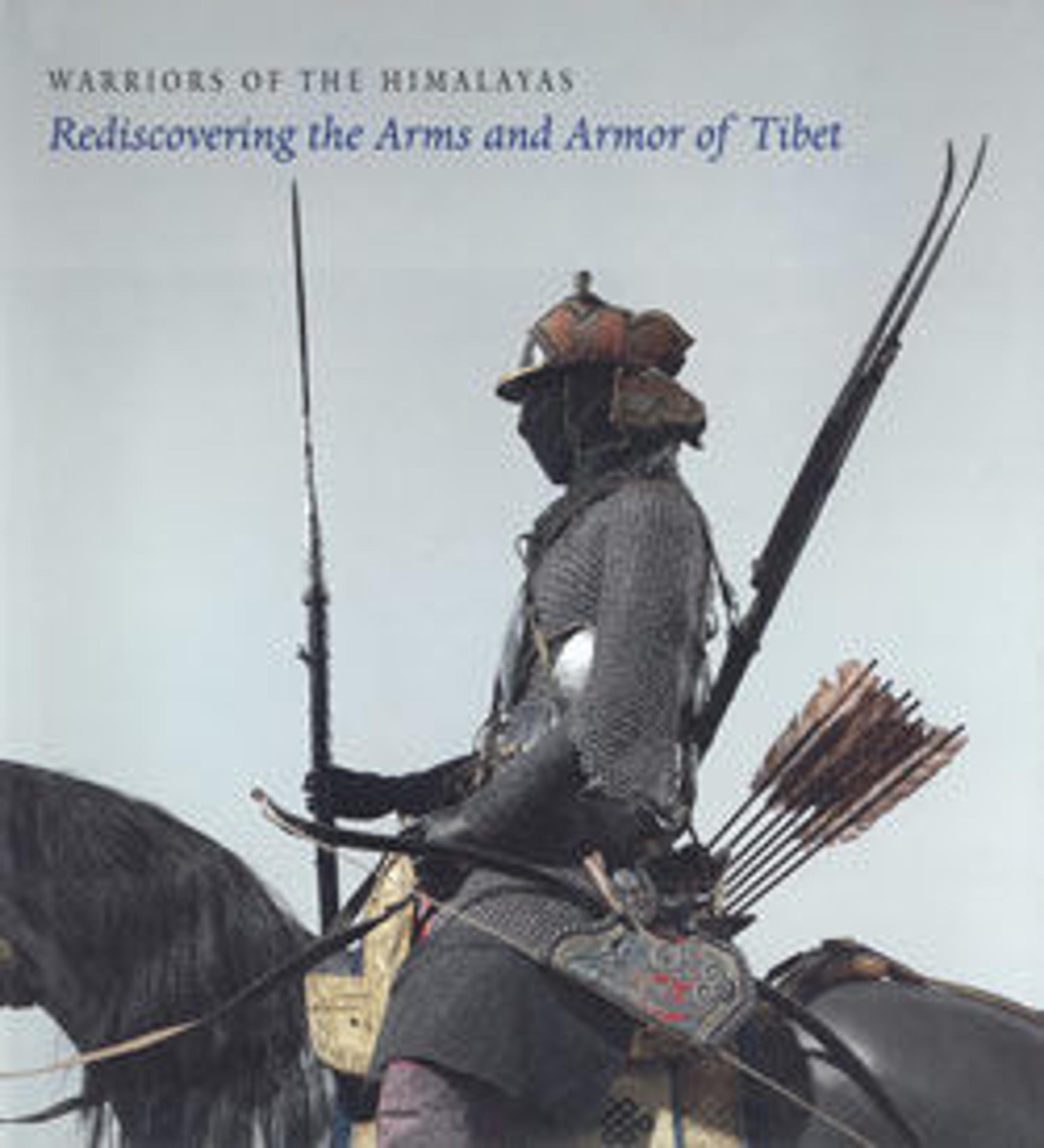Shaffron (Horse's Head Defense)
Tibetan shaffrons are relatively rare, the majority of surviving examples were acquired by museums in the early twentieth century. This shaffron is by far the most elaborately decorated of any known example. The quality and execution of its lavish gold and silver damascening rank among the best examples of Tibetan decorated ironwork of this kind, suggesting that it was made for a very high ranking general, if not a king. A carbon-14 test of one of its leather laces resulted in a date range of 1450–1650, coinciding almost exactly with the period of the last two secular Tibetan monarchies: the Rinpung (1435–1565) and the Kings of Tsang (1566–1641).
Artwork Details
- Title:Shaffron (Horse's Head Defense)
- Date:late 15th–early 17th century
- Culture:Tibetan or Mongolian
- Medium:Iron, leather, gold, silver, brass or copper alloy, textile
- Dimensions:H. 22 1/2 in. (57.2 cm); W. 24 7/8 in. (63.2 cm); Wt. 8 lb. 6.7 oz. (3818.7 g)
- Classification:Equestrian Equipment-Shaffrons
- Credit Line:Purchase, Arthur Ochs Sulzberger Gift, 2004
- Object Number:2004.402
- Curatorial Department: Arms and Armor
More Artwork
Research Resources
The Met provides unparalleled resources for research and welcomes an international community of students and scholars. The Met's Open Access API is where creators and researchers can connect to the The Met collection. Open Access data and public domain images are available for unrestricted commercial and noncommercial use without permission or fee.
To request images under copyright and other restrictions, please use this Image Request form.
Feedback
We continue to research and examine historical and cultural context for objects in The Met collection. If you have comments or questions about this object record, please contact us using the form below. The Museum looks forward to receiving your comments.
